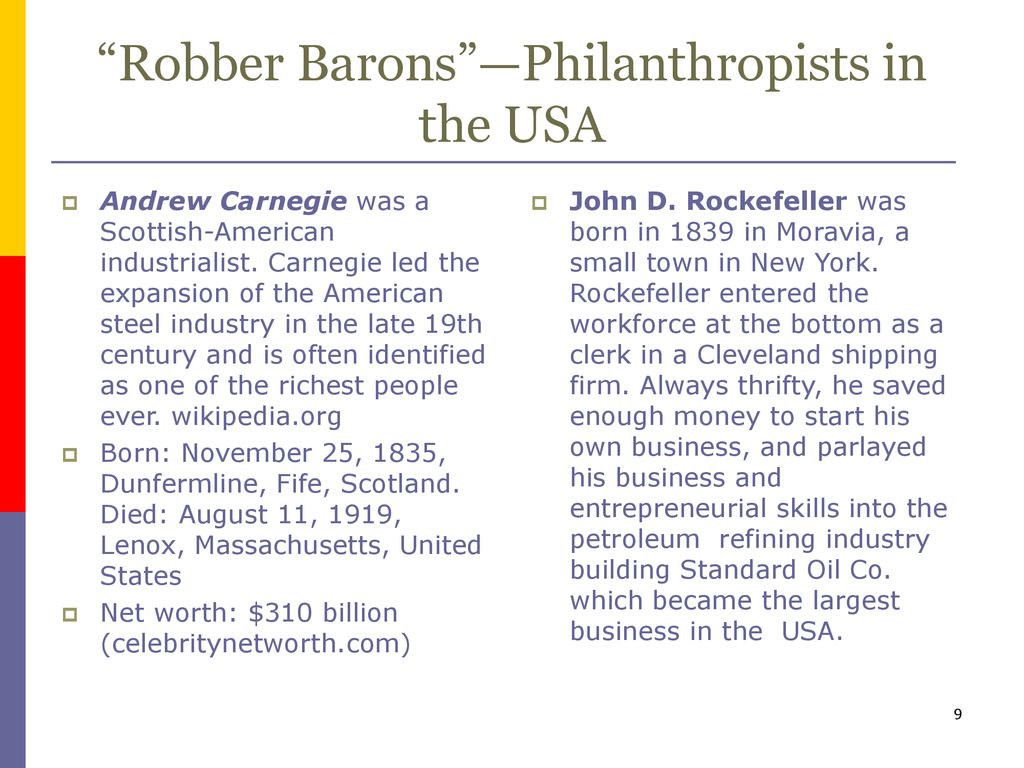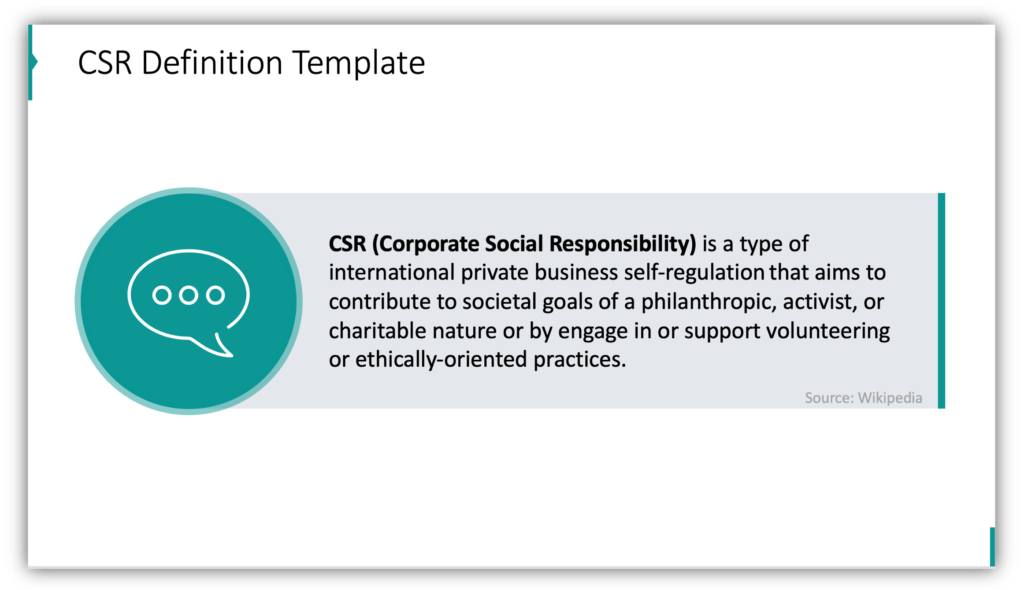The Carroll CSR Pyramid is a model developed by business ethicist and management professor Archie B. Carroll that outlines the four main responsibilities of a corporation in relation to its stakeholders. The four responsibilities are economic, legal, ethical, and philanthropic, and they are arranged in a pyramid to reflect their relative importance.
The base of the pyramid represents the economic responsibility of a corporation, which is to produce goods and services that are in demand and to do so in a financially responsible manner. This includes maximizing profits for shareholders, but it also requires the corporation to consider the impact of its operations on other stakeholders, such as employees, customers, and the environment.
The legal responsibility of a corporation is the next level of the pyramid, and it refers to the obligation to follow laws and regulations that apply to the company. This includes paying taxes, complying with labor laws, and adhering to safety standards.
The ethical responsibility of a corporation is the third level of the pyramid, and it represents the moral obligations that a company has to its stakeholders. This includes treating employees and customers fairly and honestly, and acting in a manner that is socially responsible and respectful of the environment.
The top level of the pyramid represents the philanthropic responsibility of a corporation, which is the obligation to contribute to the well-being of society. This can include activities such as charitable giving, supporting community development, and promoting environmental sustainability.
Overall, the Carroll CSR Pyramid is a useful framework for understanding the various responsibilities that a corporation has to its stakeholders. By considering the economic, legal, ethical, and philanthropic dimensions of its operations, a corporation can strive to be a responsible and sustainable business that makes a positive contribution to society.





